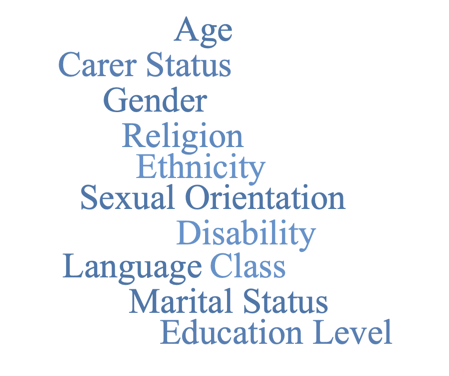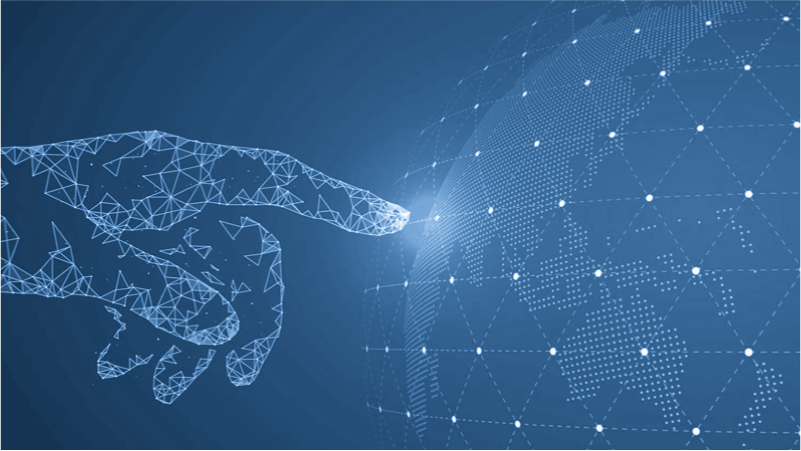Our people are our business, so, quite apart from our natural instinct to treat them well, or a government obligation to do so, it's in our commercial interests to have a happy, safe and motivated workforce.
Staff wellness
Wellbeing is a state of being comfortable, healthy, or happy. Wellbeing is about people and creating the conditions for us all to thrive. It’s quality of life and prosperity, positive physical and mental health, sustainable thriving communities. We want this for our staff, for personal and business reasons.
As an employer, you can do most to assist your people’s mental health.
- Mental health refers to an individual’s psychological and emotional well-being; impacting how they adjust to society and the ordinary stress of everyday life.
- Mental illness is an illness the affects that way people think, feel, behave, or interact with others.
- Mental health is not defined by the absence of mental illness.
- Mental health issues are not a sign of weakness. Unfortunately, the stigma attached to these issues can often prevent people from seeking treatment, making recovery more difficult.
Your people will always be somewhere on the continuum of minimal wellbeing to optimum wellbeing – its not a static condition. Whilst someone may not have a mental illness, they may be going through difficult personal circumstances which means they need workplace support. Help them adjust their work-life balance too.
You should encourage your line managers to watch out for the warning signs, listen non-judgmentally & be proactive in workplace support.
All of our people need to work in an environment which values them and their contribution
Whilst there is a social and moral case for diversity, there is also a financial business case.
McKinsey investigated the likelihood that the companies in the top quartile for diversity financially outperform those in the bottom quartile.
- Companies in the top quartile for racial and ethnic diversity are 35 percent more likely to have financial returns above their respective national industry median.
- Companies in the top quartile for gender diversity are 15 percent more likely to have financial returns above their respective national industry medians.
Diverse employees better represent the consumers for the company's products, services, business models, and processes. Including a truer representation of the population will lead to better understanding customers, and creating products that a wider cross-section of the population will use.
Further, having multiple points of view as represented by a diverse group of employees can also increase creativity and thus innovation.
The more diverse your workforce, the more you need an inclusion approach to reduce unconscious bias
Companies that fulfil all nine positive diversity requirements announce an average of two extra products in any given year, which about doubles the average for a major company.
The business benefits of inclusion are clear:
First, teams with a broader range of people have a wider range of interests, experiences, and backgrounds to draw upon. They understand potential users of products better than less diverse teams. And they tend to be better problem-solvers, coming up with blue-sky solutions more often. “They think about problems in a different way that might have been expected”.
Second, more diverse companies tend to attract and retain talent. “If your company is all about old, white men, you are cutting yourself off from other types of people–they don’t want to come to work for you,”
Third, more diverse companies have a sort of “halo effect,” They’re more attractive not only to women and minorities, but also to people who are not women or minorities, who want to work for more enlightened organisations.
Each of us has an intersectional identity. When we consider how each strand of our identity merges together, we see that the lived experience for each person is very different.

Some of the different aspects of life that intersect to make up our identity – and of others. Everyone has multiple identities. Systems of hierarchy have been created around our identities, and the combinations (or intersections) of those systems affect how life goes for us. Some of these identities give us a leg up, while others push us a rung down the ladder. The combination of identities can compound (or diminish) advantage or compound (or relieve) harm, and there are perhaps endless variations. We are the product of our background and experiences.
When we interact with others in the workplace, we can unconsciously draw conclusions starting with who we are. This makes understanding our unconscious bias even more complex as we may not necessarily understand the facet of identity on which it is based.
Issues with unconscious bias arises when we start to link our thoughts about the person to our view of their abilities and performance. This can then impact our treatment of the person and their career development opportunities.
There is social, ethical & financial benefit from adopting a company-wide Conscious Inclusion programme - driving the thoughts, beliefs, and behaviours that allow us to value and leverage differences to achieve superior results.
Whatever our background, all of us are a diverse mixture, with our own hopes and fears, abilities and weaknesses. Together we represent society, and by embracing the breadth of what we all offer, and by creating an environment where we are happy, motivated and respected, then we are also relevant to and engaged with our customers.
Next: Autonomy, Mastery & Purpose
Treating people well goes beyond wellness, diversity and inclusion. Motivation is a win-win. Read more in Autonomy, Mastery & Purpose.


